By: Deep Tide TechFlow

Last year, we began to pay attention to VIRTUALS Protocol, at a time when the AI Agent craze had not yet started, and the market cap of the VIRTUAL token was around 800k.
(For more details: virtuals.io | The arrival of AI Agent version Pump.fun: What is it like to issue an AI agent token and let AI earn money for you?)
The subsequent story is well-known; Virtuals initiated a wave of AI Agent excitement on Base. In addition to the bright performance of the Virtuals token itself, it also spawned a phenomenon token like AIXBT.
However, after a cycle, the speculation around AI Agents gradually faded, and the market seemed to fall into silence; with the emergence and iteration of large models like DeepSeek, many began to feel that the AI Agent narrative in Web3 was increasingly being debunked and had little use.
When you let your guard down and feel disheartened by the market, new ways to create assets always emerge, causing dramatic fluctuations in token prices.
In the past week, the price of Virtuals’ token surged by 150%, with a 42% rise in just one day. Discussions related to Virtuals have once again returned to the timeline of crypto news.
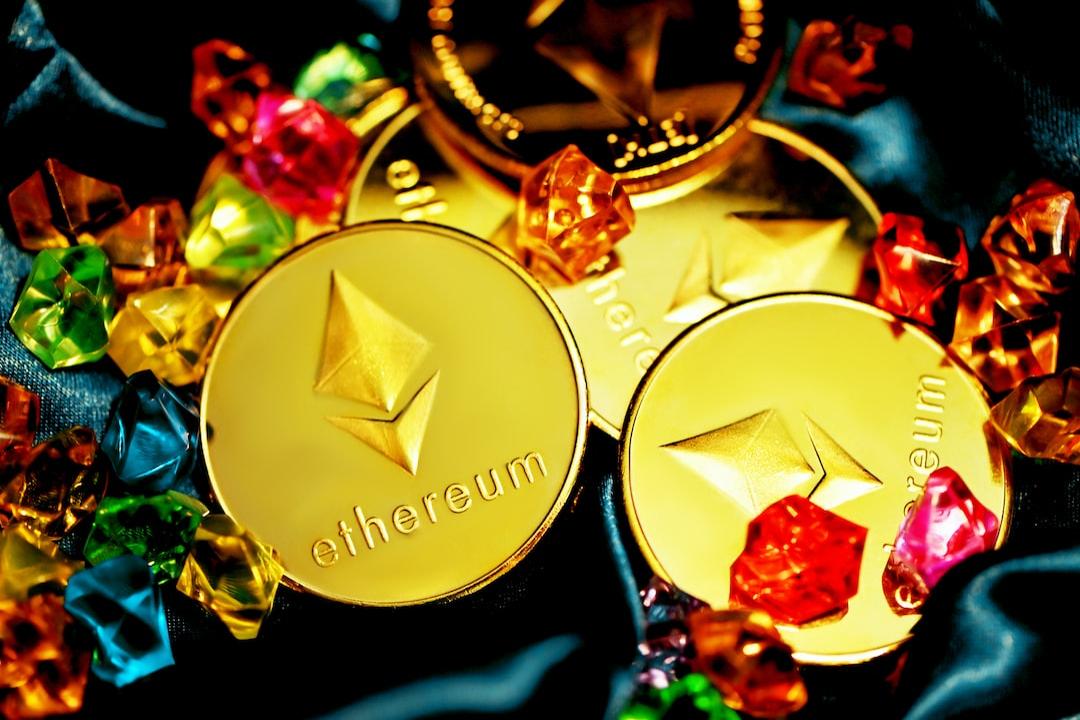
The catalyst for Virtuals’ surge is undoubtedly its newly launched Genesis Launch event on its platform.
If you haven’t heard of this event yet, you can briefly understand it as:
A method that allows you to earn priority access to purchase popular new AI agent tokens by holding $VIRTUAL tokens and earning points.
In simpler terms, it’s a variation of the “new token offering” model.
Each version brings new gods; each generation creates assets. New tokens, new stories, new mechanisms always ignite market enthusiasm.
Activities and mechanism designs surrounding asset creation can easily initiate new trends.
The previous wave of AI Agents on Base was largely led by Virtuals; does this round of Genesis Launch contain new opportunities?
We also experienced the product and will quickly guide you through the gameplay and mechanics of this Genesis Launch.
Table of Contents
Prior Contributions and Chill New Offerings
Detailed Points Gameplay
Kickstarting New Assets and Revitalizing Old Ones
According to the official description, Genesis Launch is a fair launch platform specifically designed for AI agent tokens by Virtuals Protocol.
In simple terms, it is a mechanism that allows new AI agent projects to issue tokens through a community-driven approach. Users can obtain priority allocation rights to these new tokens by holding $VIRTUAL tokens and earning points.
In other words, unlike on Pump.fun where anyone can participate in a rush, participation in the current new token launches on Virtuals is conditional; this condition essentially relies on prior contributions to determine the allocation, which to some extent curbs the rush at launch.
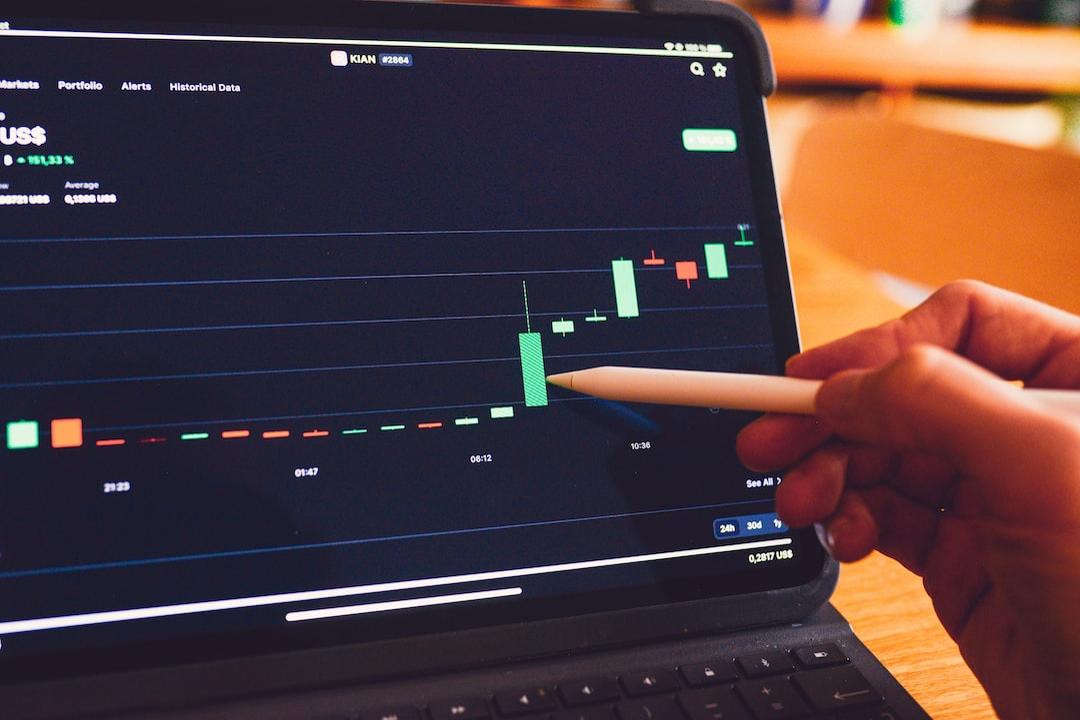
Specifically, in previous new token offerings on some platforms, snipers relied on high-speed scripts to snap up low-priced tokens, while scientists could utilize bulk wallets and gas price bidding to dominate most of the shares. Retail investors sometimes couldn’t even finish loading the trading interface before the token price doubled.
To participate in “new offerings,” you had to understand how to set gas fees, monitor contract deployments, and even wake up in the middle of the night to watch on-chain activities. Ordinary players often lack the skills and energy, ultimately only able to watch technical experts reap the rewards while they merely get scraps.
However, this Genesis Launch appears to be relatively chill and gentle; you don’t have to frantically push your speed when the new offerings start but rather follow a different logic:
Want to participate in the new AI token offerings? First, contribute to the Virtuals ecosystem and accumulate enough points.
How do you earn points? For example, by holding $VIRTUAL tokens, staking other tokens, or contributing content to help promote Virtuals, etc. The following sections will introduce this logic in detail.
But from a general perspective, the effect brought by Genesis Launch simplifies “new offerings” to the extreme.
You only need to hold $VIRTUAL tokens, accumulate points, and then stake these two items within the 24-hour new token presale window, and the system will automatically calculate the amount of new tokens you can receive.
Next, let’s take a closer look at how the Genesis Launch points system works for new offerings.
First, how do you earn points?
The official provides 3 ways to earn points:
1. Invest in other agents within the Virtuals ecosystem. Currently, there are two main categories: Sentient (emotion-based AI Agents) and Prototype (prototype AI Agents). This essentially means using Virtuals to purchase existing AI agent tokens within the ecosystem, and once bought, the points act as cashback, allowing you to participate in Genesis Launch with that cashback.
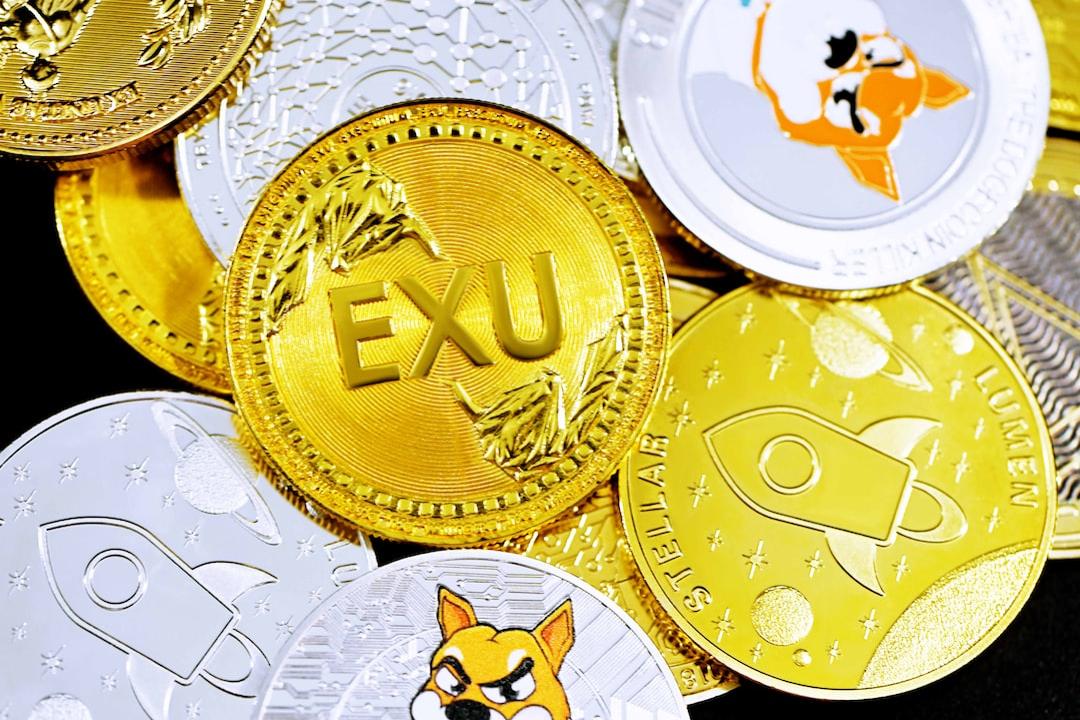
2. Directly buy and hold Virtuals tokens. This requires no further explanation; holding tokens grants points, similar to a loyalty reward.
3. Stake $VADER tokens. VADER is also a token from an AI Agent project in the Virtuals ecosystem, Vader AI. By holding and staking this token, you can earn points for new offerings, essentially supporting the Vader AI project. The author believes this is a model for ecological support; as staking rules are not set in stone, other projects may also become beneficiaries of “staking for points” in the future.
It’s important to note that this points system updates dynamically every day.
Every day, Virtuals distributes a certain total amount of points to players who meet the above 3 behaviors according to different allocation ratios to incentivize their contributions to the ecosystem.
From the distribution ratio, purchasing other AI Agents within the ecosystem accounts for 75% of point allocation; holding tokens directly accounts for about 20%, while the remaining 5% is allocated to VADER token staking.
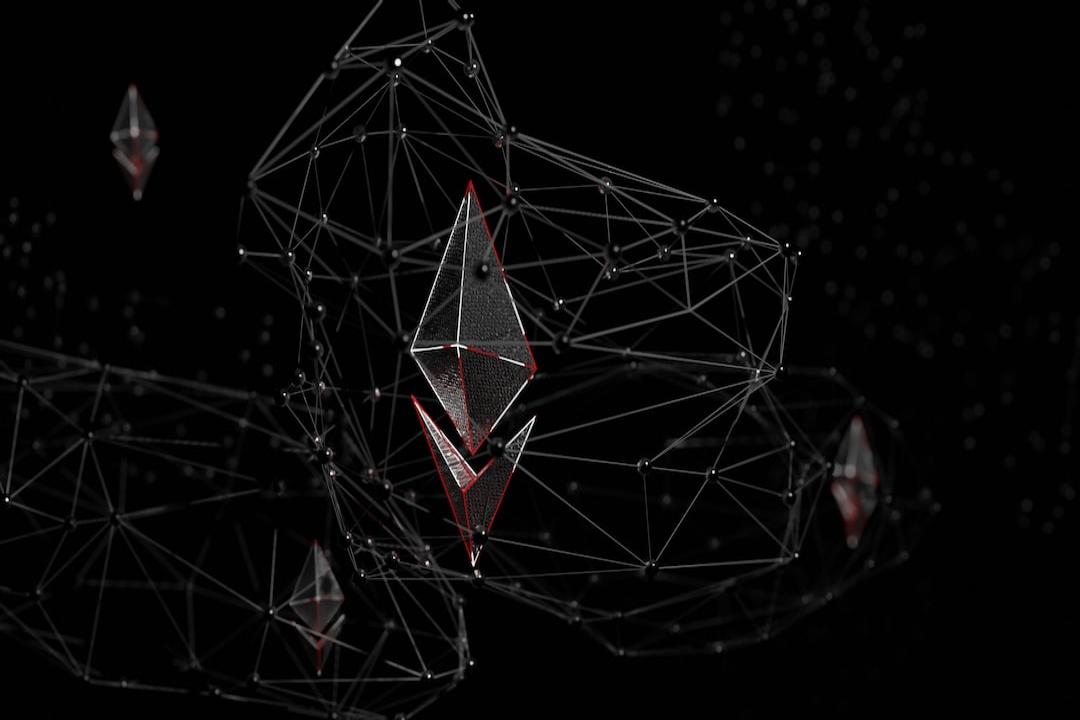
This may also explain, to some extent, why tokens within the Virtuals ecosystem and the VIRTUALS token itself have seen significant rises in the past week or two.
After understanding the points rules, let’s discuss how new AI tokens are issued.
Genesis Launch employs a 24-hour presale window, with transparent distribution rules to prevent monopolization, as follows:
Distribution Ratio: 37.5% of the total supply of new tokens is allocated for presale, 12.5% injected into liquidity pools (such as the Sentient Agent pool), and the remaining 50% is reserved for project development, finance, and marketing. The 37.5% presale is the “big cake” that retail investors can compete for.
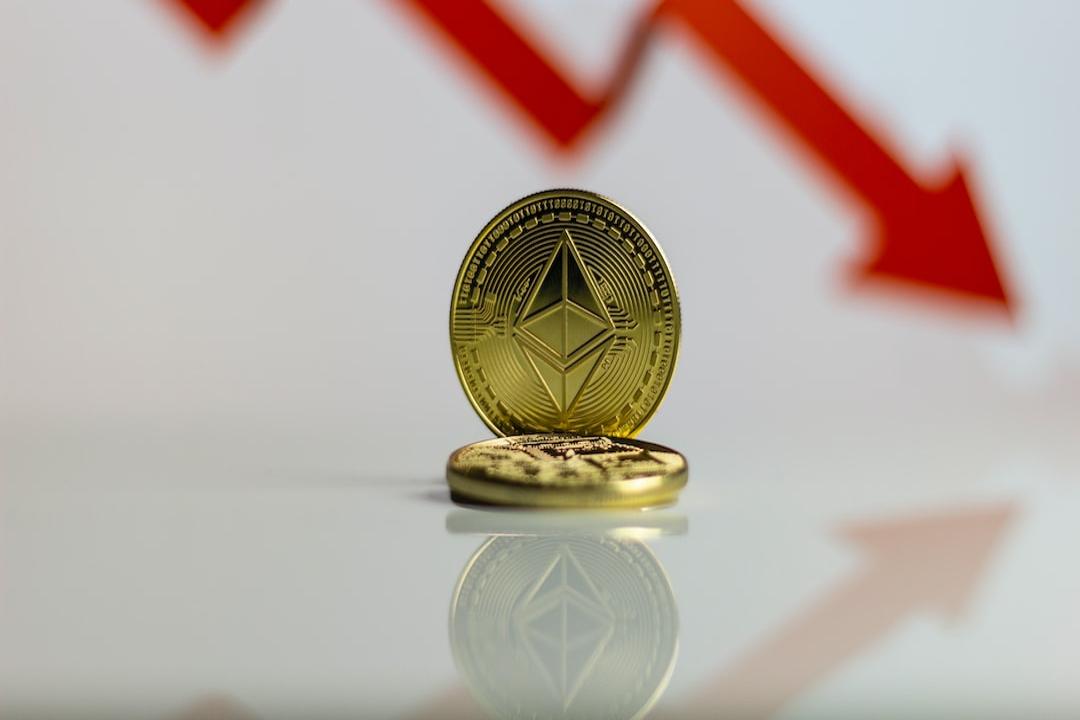
Dynamic Allocation: Within the 24-hour presale window, the points you stake determine your allocation share. The more points you have, the more tokens you receive, but each person can only take a maximum of 0.5% of the total supply, preventing large holders from draining the pool. The system will calculate each person’s proportion based on the total points pool from all participants in real-time. For example, 1000 points in a total pool of 100,000 points may yield a 1% presale share.
Refund Mechanism: Are your staked $VIRTUAL tokens and points unused? Don’t worry, the system will also refund them to you.
In the Genesis Launch “new offerings” process, you need to stake both points and $VIRTUAL tokens to compete for the allocation of new AI tokens.
A simple process is as follows:
Hold $VIRTUAL: Buy $VIRTUAL tokens, preparing your “ticket.”
1. Accumulate Points: Use the 3 methods mentioned above to obtain a certain number of points.
2. Stake to Participate: Once the new token presale begins, within the 24-hour window on the Virtuals official website, stake your points and $VIRTUAL. The system will estimate the required amount of $VIRTUAL tokens to stake.
3. Wait for Distribution: After the presale ends, the system will calculate your share based on the total points pool, and the new tokens will be credited directly to your account. Any unused $VIRTUAL tokens and points will be refunded.
4. Claim or Trade: After receiving the new tokens, you can hold or trade them on a DEX.
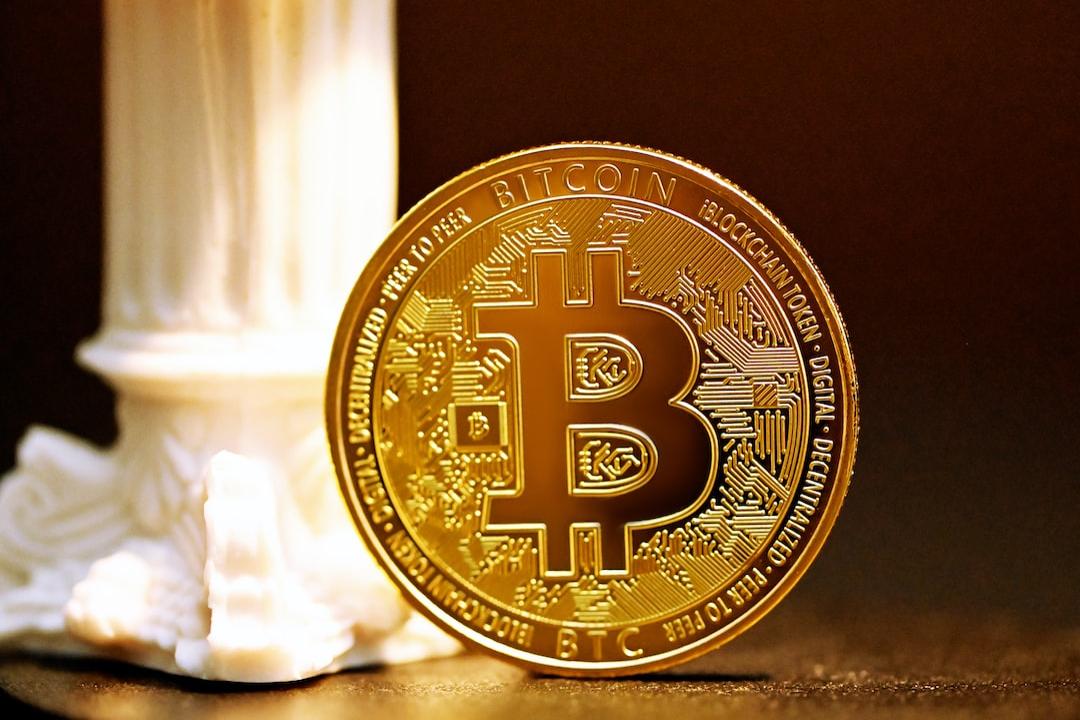
Points serve as your “priority certificate” for participating in “new offerings,” determining the share of new tokens you can receive. The more points you have, the higher your allocation ratio (but each person’s limit is 0.5% of the total supply of new tokens).
It’s worth noting that points are consumed when participating in the presale. Additionally, the points allocated to you by Virtuals will expire after a certain time if unused, thus encouraging you to use points to participate in new offerings.
The VIRTUALS token itself represents your investment cost in the new offerings, and the system will provide recommendations for the amount of Virtuals tokens you need to stake based on your invested points. The logic here is:
1. More points lead to a higher ceiling for new tokens obtained in the new offerings;
2. Fewer points mean that investing more Virtuals in new offerings is not very meaningful.
3. To prevent monopolization, each wallet can stake a maximum of 566 Virtuals for new offerings, along with a 1% transaction fee.

What if you don’t have enough points and don’t want to buy old assets?
Virtuals has also launched its Yaps mechanism, allowing players to earn points through content contributions and promotions, providing more options for those looking to engage in low-cost new offerings.
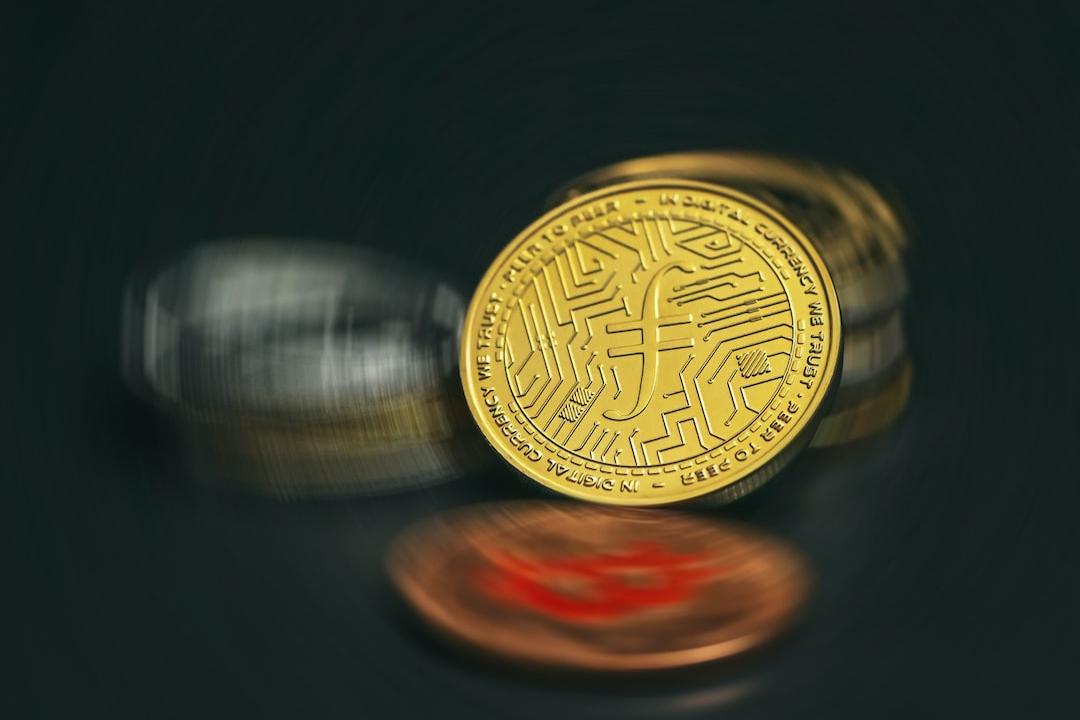
Experience tells us that when designing mechanisms around crypto assets, one should not think step by step; it’s best to consider multiple aspects at once.
The Genesis Launch method clearly creates new assets while revitalizing older ones.
In the Virtuals ecosystem, established AI tokens (such as Luna and AIXBT) already have their market narratives.
As the excitement around AI Agents cools, the trading volume and community enthusiasm for these older coins have inevitably experienced a significant decline.
This wave requires points for new offerings, and points must be earned through purchasing old assets, thereby increasing the demand for older assets through the creation of new asset rules, subsequently elevating their prices.
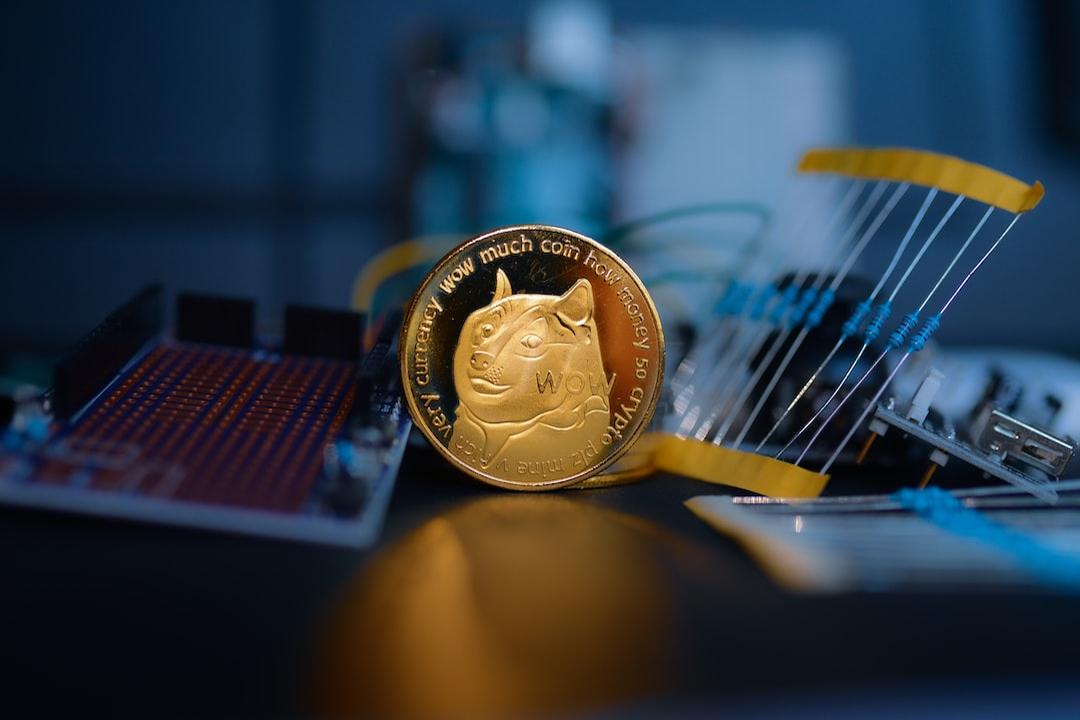
At the same time, new assets on Virtuals, under the condition of minimal participation, are also subtly appreciating.
For example, the BasisOS token, which was born through this Genesis Launch, has reached a market cap of 5.5M in just 12 days since its launch, increasing 40 times from its initial activation.

In light of the fact that the technology and narrative foundation of Virtuals have not undergone significant changes, this “new and old” asset issuance approach is indeed capable of stirring some waves in the currently stagnant market.
If we look at the broader environment, we can see that previously popular AI Agent tokens have shown some degree of rebound.
Thus, the AI Agent narrative may not have truly collapsed but is in urgent need of new asset issuance methods; leading projects from the last cycle are actively seeking self-rescue by exploring more approaches to rekindle market enthusiasm.
There seems to be a consensus among various parties; for instance, ai16z in the Solana ecosystem appears to be doing something similar, creating a new asset launchpad, Auto.fun, and designing rules to generate economic incentives for the demand of AI16Z tokens, thus driving changes in the prices of older coins.
As “new offerings bringing along old assets” becomes the new gameplay for this round of AI Agent platforms, a better approach for us is to treat older coins as Beta and actively seek new Alpha in the relatively calm market environment.
This article is reproduced with authorization from Deep Tide TechFlow.

